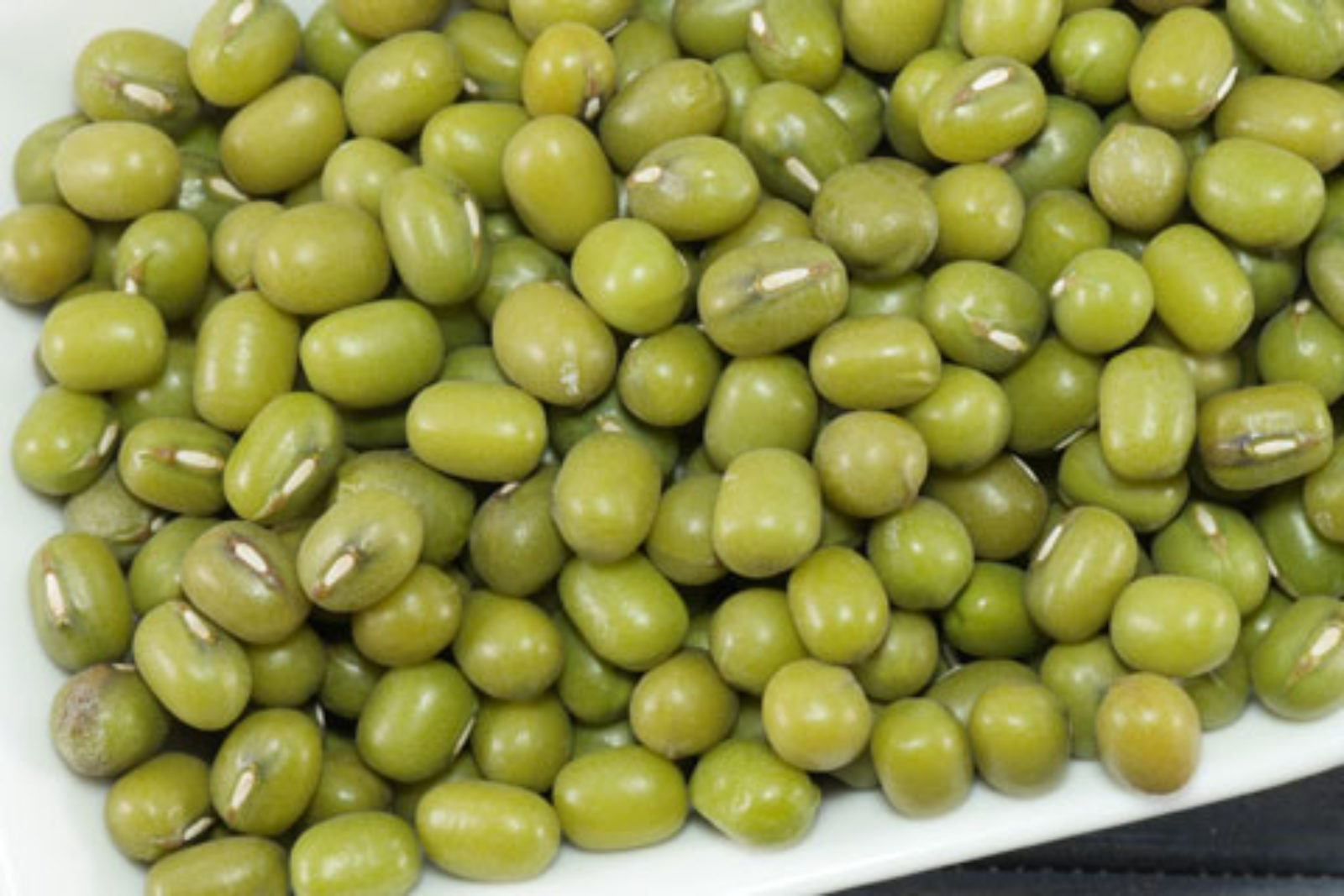Mungbean seeds, frequently celebrated as a superfood, are tiny legumes packed with powerful health benefits that can provide your immune system a major lift. These flexible legumes have been a staple in different culinary traditions around the world for ages, appreciated not only for their delicious taste but also for their nutritional profile. Rich in amino acids, roughage, vitamins, and minerals, mung beans offer a range of perks that can enhance overall well-being.
In the last decade, the need for mung beans has grown, leading to the launch of mung bean production plants that dedicate themselves to producing these nutritious gems. With heightened understanding of their benefits, more people are incorporating mung beans into their lifestyles. From soups and side dishes to woks and treats, there are numerous methods to enjoy this nutrient-rich food while supporting body resilience and overall vitality.
Nutritional Advantages of Green Gram
Mung beans are a treasure trove of nutrients, loaded with vital vitamins and minerals. They are an superb source of protein content, making them a great option for vegetarians and people following vegan diets looking to increase their protein intake levels. Each serving of green gram provides a considerable amount of dietary fiber, which is beneficial for healthy digestion and can aid in keeping a healthy weight.
In addition to protein and fiber, green gram are rich in antioxidants, which assist to fight against oxidative damage in the body. These compounds, including flavonoids and phenolic compounds, play a important role in protecting cells from harm and may reduce the risk of chronic diseases. Moreover, green gram are low in caloric content while being nutrient-dense, making them a smart addition to any diet.
Green gram also are rich in a diversity of important vitamins and minerals. They are particularly high in folate, which is essential for the process of cell division and proper brain function. Other beneficial elements found in mung beans include magnesium content, potassium, and ascorbic acid, all of which contribute to overall health and wellness. Incorporating mung beans into your meals can considerably enhance your nutritional profile and support a strong immune response.
Mung Bean Production Process
The production of mung beans begins with meticulous seed selection, ensuring that only high-quality seeds are chosen for planting. Farmers typically prefer seeds that are resilient to diseases and have high germination rates. Once the seeds are selected, they are sown in carefully prepared soil, usually in a sunny environment, as mung beans thrive in such conditions. The plants are often sown in rows, allowing for adequate spacing and ease of maintenance as they grow.
As the mung beans sprout and start to develop, consistent irrigation and weed management become crucial. Farmers monitor soil humidity levels closely to ensure the plants receive adequate water without becoming oversaturated. Fertilizers, both natural and chemical, may be applied to encourage healthy growth and yield. During this phase, pest control measures are also important, as mung beans can be susceptible to various pests and diseases.
Finally, the harvesting process is a crucial stage in mung bean production. When the beans have reached full ripeness, usually around 70 to 90 days after planting, they are collected either manually or with the aid of machinery. After harvesting, the beans undergo post-harvest treatment, which includes purification, drying, and packaging. This ensures that the mung beans retain their standard and nutritional value before they are sent to retailers, eateries, or mung bean factories for further distribution.
Health Benefits and Applications
Mung beans are a rich source of essential nutrients that contribute significantly to a healthy immune response. They are loaded in nutritional elements and nutritional minerals such as ascorbic acid, vitamin K, magnesium, and vitamin B9. These elements play vital roles in boosting the immune system, supporting cellular health, and assisting in the body’s response to infections. Including mung beans into your meals can lead to improved overall health and greater resistance to illnesses.
Alongside their immune-boosting properties, mung beans provide several other advantages. They are rich in antioxidant nutrients, which help reduce oxidative damage and inflammation in the body. This makes them a superb food choice for those seeking to boost the health of their skin, minimize the likelihood of chronic diseases, and enhance overall well-being. Mung beans are also a great source of vegetable protein, making them ideal for those on a vegetarian diet and anybody seeking to support muscle health while following a healthy eating plan.

Mung beans are multifaceted and can be easily included into numerous dishes. They can be germinated, cooked, or processed into flour in multiple recipes. Whether incorporated into salad dishes, soup recipes, or as a complement, mung beans bring a tasty taste and a variety of health benefits. Their potential for use in a mung bean factory also illustrates their popularity, with a range of products being created from them, including snack options, protein supplements, and ready-to-cook meal kits designed to promote a health-conscious lifestyle.
